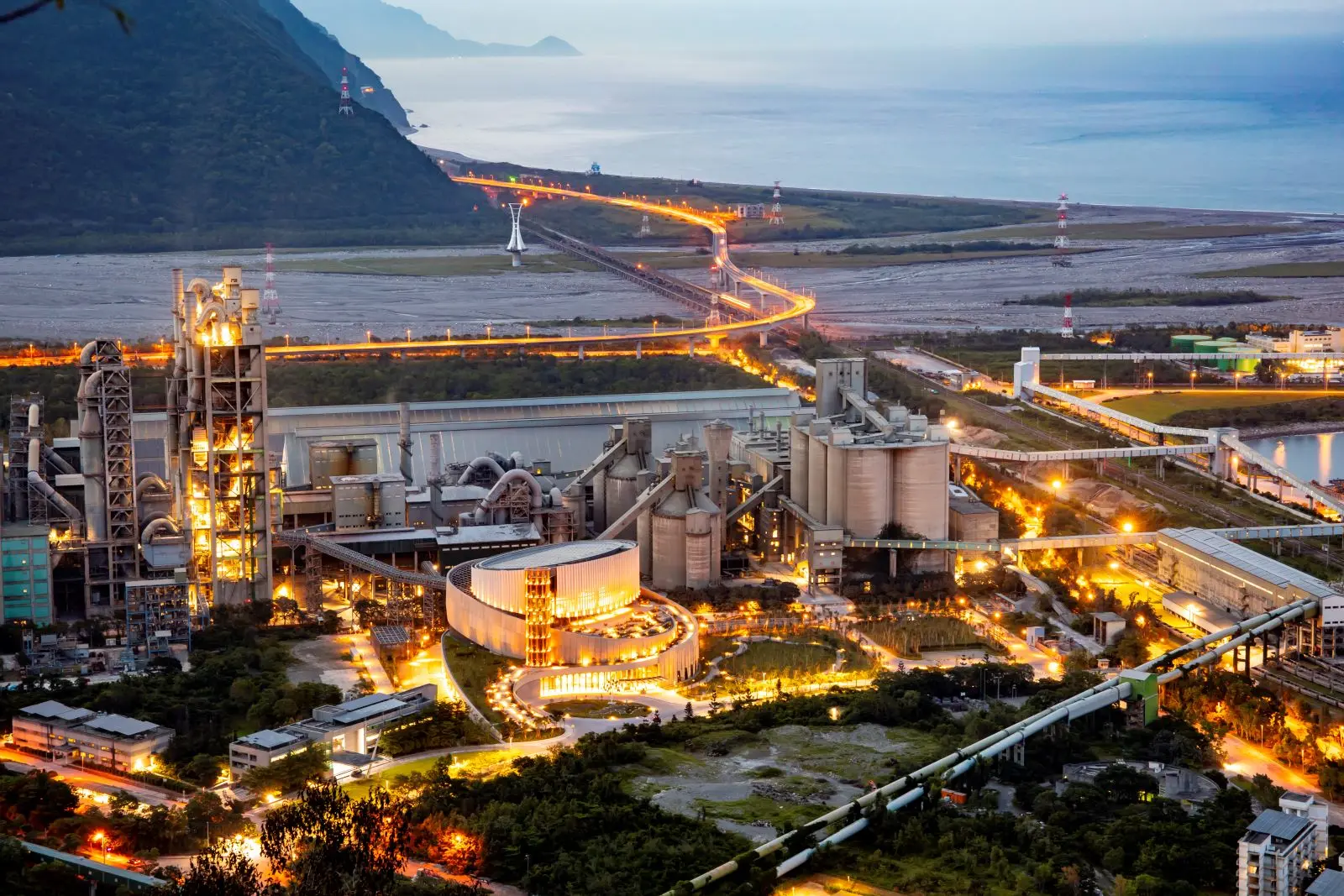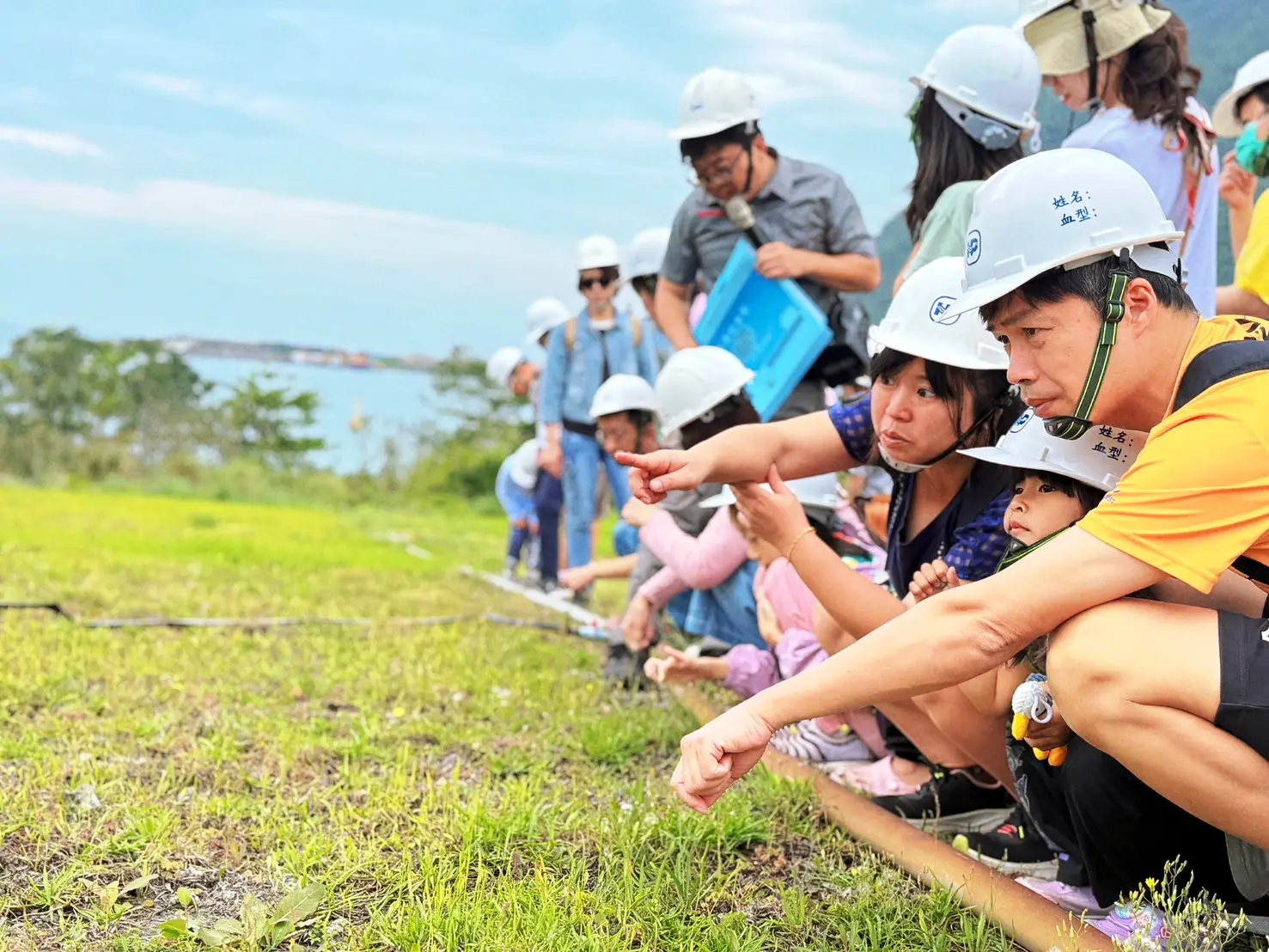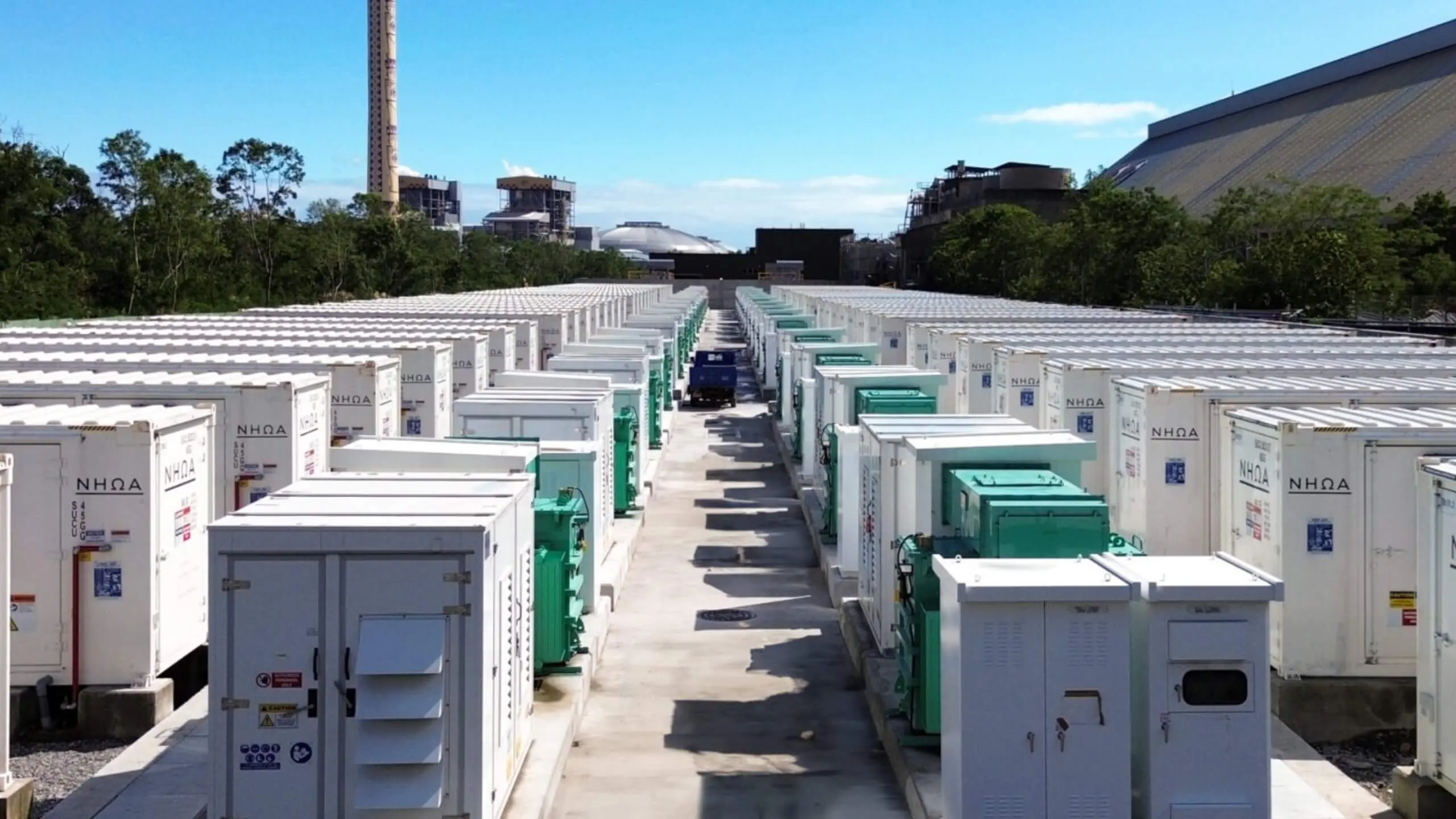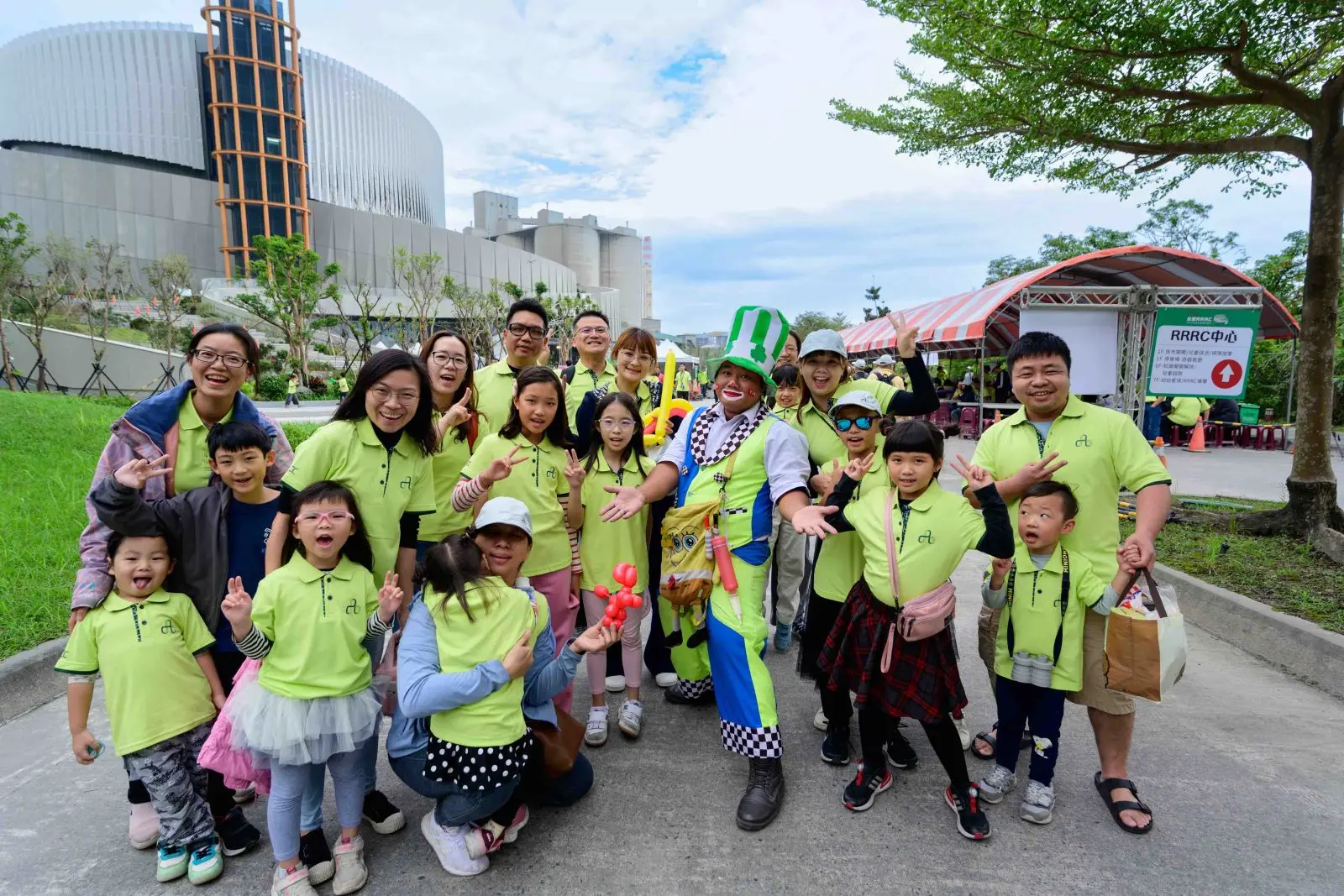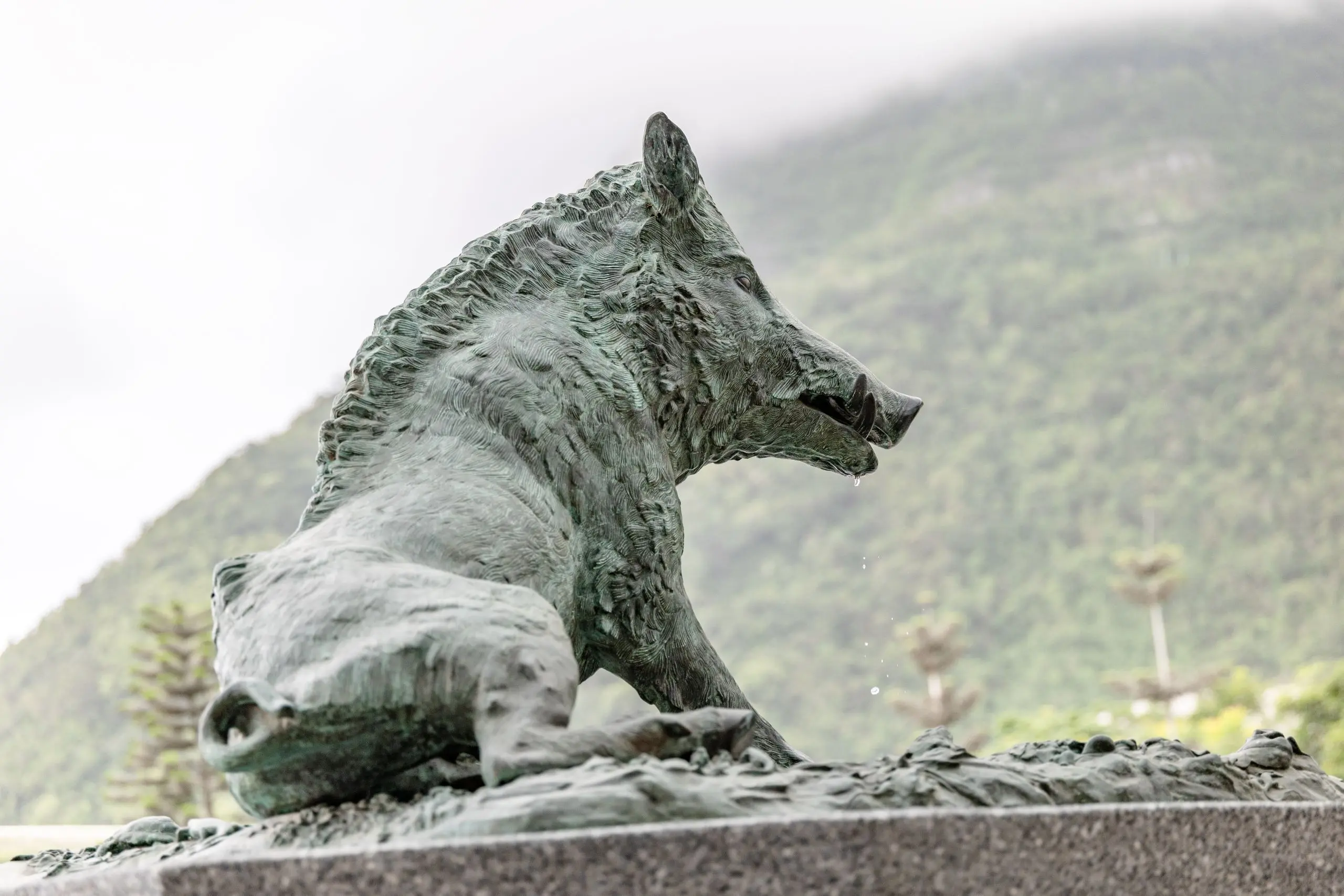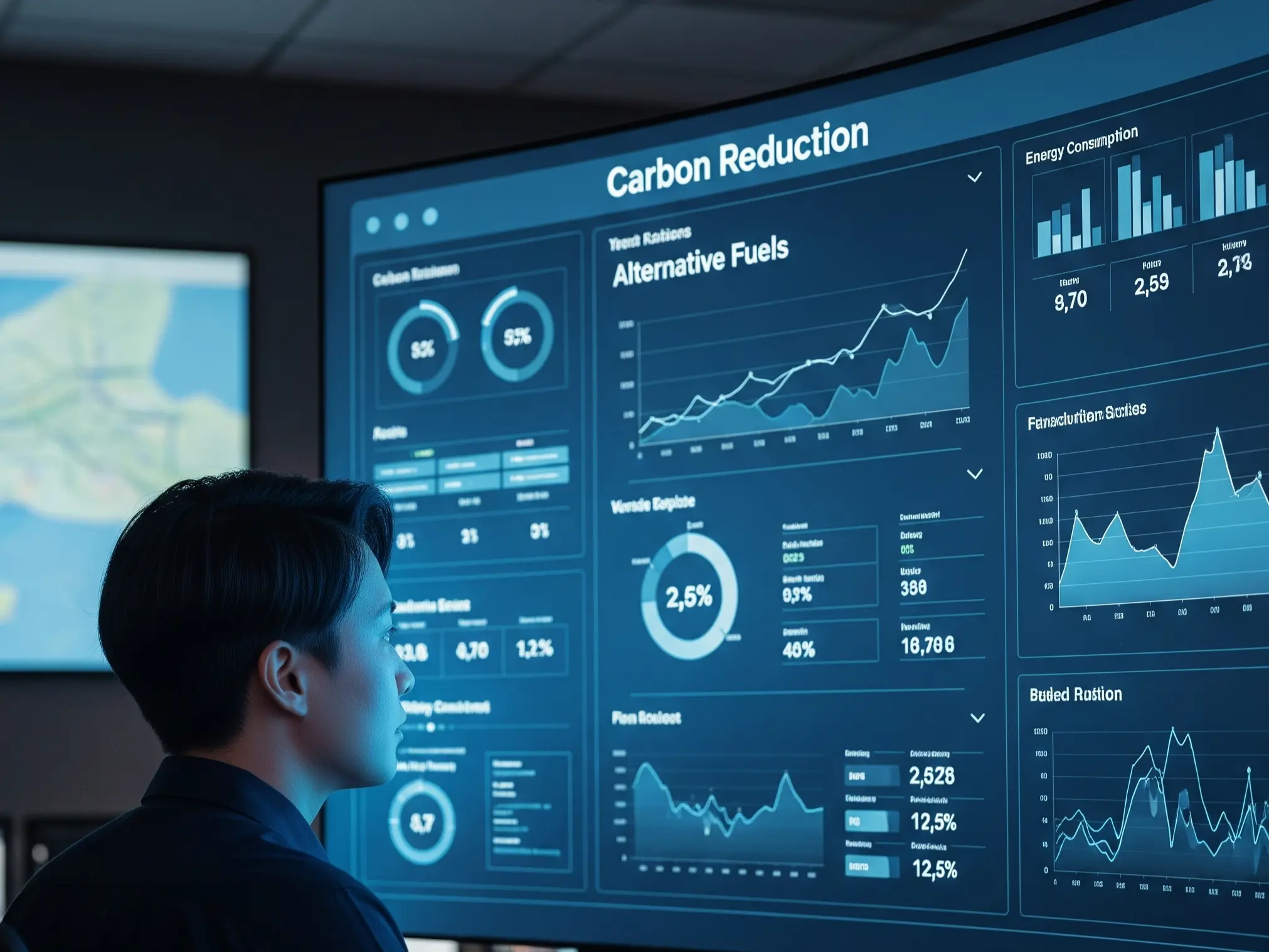TCC ESG Q&A
Date passed: January 10th, 2025
TCC Group Holdings has committed SBT 1.5°C target
Base year: 2016. A target was set for the year 2030 (compared to the base year of 2016) to reduce
Scope 1 carbon emission intensity
-23.9%
Scope 2 carbon emission intensity
-64.4%
The combined carbon emission intensity reduction for Scope 1+2
-26.8%


